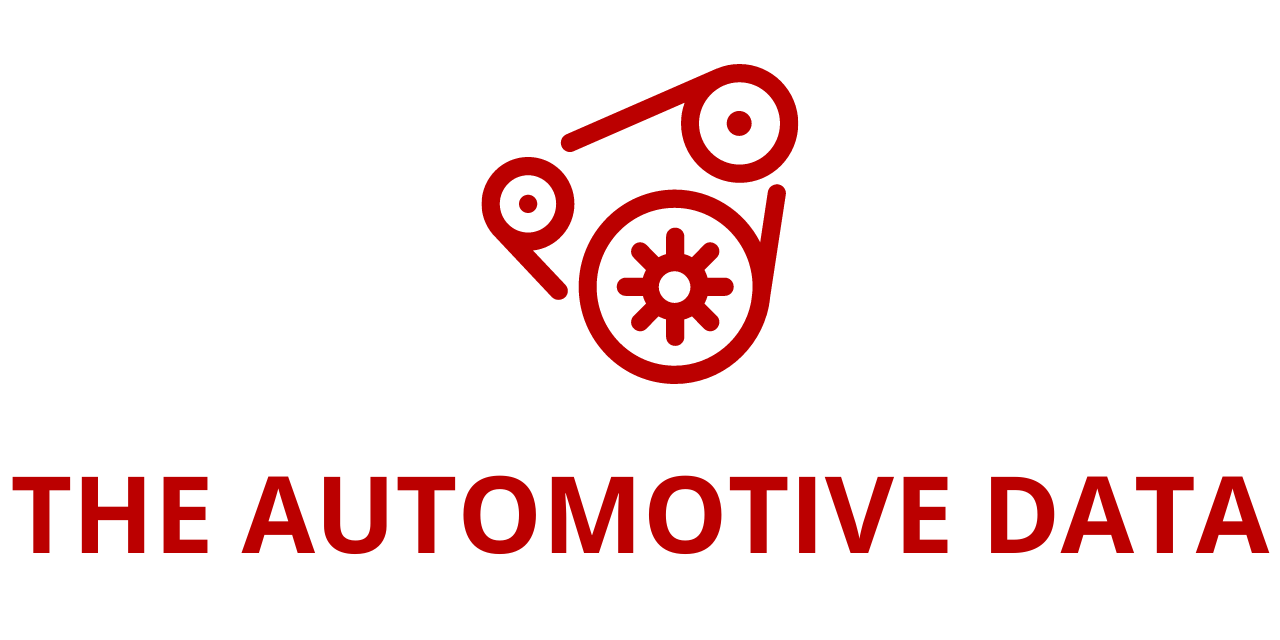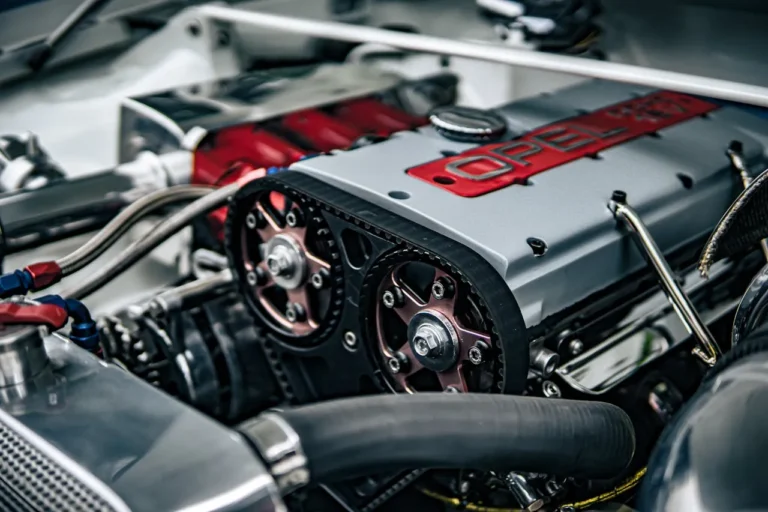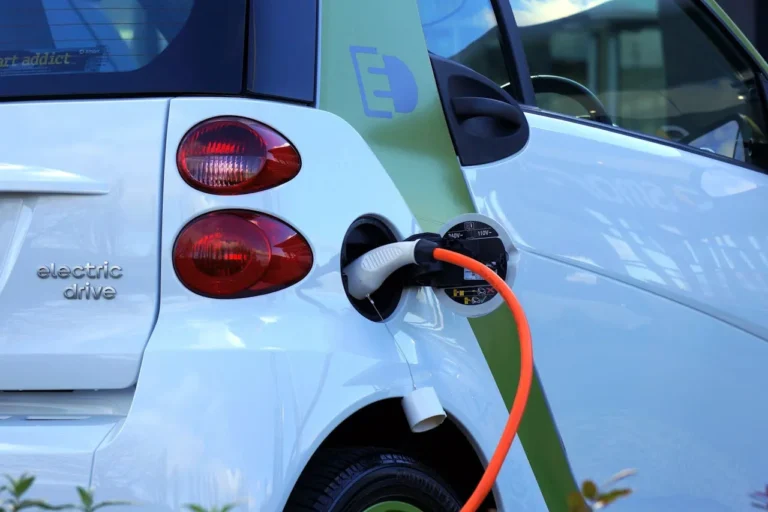
Automotive Natural Gas Vehicle Market Poised to Double by 2035 as Cleaner Fuel Adoption Accelerates
Automotive Natural Gas Vehicle Market – Industry Trends and Global Forecasts to 2035” has been added to ResearchAndMarkets.com, providing an in-depth look at how compressed and liquefied natural gas-powered vehicles are gaining momentum across global transportation fleets. According to the study, the market for automotive natural gas vehicles (NGVs) is projected to grow from USD 13.52 billion in 2025 to USD 25.88 billion by 2035, reflecting a compound annual growth rate (CAGR) of 6.08%.
This growth is being fueled by soaring demand for cleaner transportation alternatives, ongoing advancements in engine technology, and government-backed decarbonization policies. As industries and consumers alike seek practical alternatives to conventional gasoline and diesel, natural gas has emerged as one of the most scalable and cost-efficient transition fuels.
Market Growth Driven by Lower Emissions and Technological Progress
Natural gas-powered vehicles produce significantly fewer carbon emissions compared to traditional internal combustion engines, making them an attractive choice for eco-conscious consumers and fleet operators. Similar to the growing adoption of green ammonia in industrial sectors, natural gas is carving out a position as a versatile alternative fuel in passenger and commercial mobility.
In markets such as India, the shift toward natural gas has already begun in earnest. In 2024 alone, CNG vehicle sales in the country surged by 33% over the previous year, underscoring the pace of adoption in emerging economies where urban air quality concerns and petroleum import costs are major policy drivers.
Technology has also played a crucial role in boosting consumer confidence. The latest generation of NGVs features enhanced engine efficiency, improved fuel injection systems, and superior range capabilities. Automakers are now incorporating advanced turbocharging, direct injection, and electronic engine management systems into NGV platforms, closing the performance gap with traditional fuel vehicles.
Furthermore, the global shift toward cleaner fuels and stricter emissions policies is creating favorable conditions for market expansion. With many governments offering subsidies, tax incentives, or infrastructure investments for CNG and LNG refueling stations, adoption is expected to accelerate further.
Market Segmentation Highlights
The report breaks down market performance across several key categories, including fuel type, vehicle category, end-user segment, distribution channel, and region. Key findings include:
By Fuel Type
- Compressed Natural Gas (CNG) currently dominates the market and holds the largest revenue share. Its popularity stems from its relatively low fuel cost, established refueling infrastructure, and favorable emissions profile.
- Liquefied Natural Gas (LNG), while smaller at present, is expected to grow at a faster rate throughout the forecast period. Its higher energy density makes it ideal for long-haul transport and heavy-duty applications. With rising sustainability mandates, the LNG segment is expected to gain strong momentum.
By Vehicle Type
- Light-duty vehicles (LDVs) represent the largest share of NGV adoption today and are projected to grow the fastest through 2035. The segment primarily includes passenger cars and small commercial vehicles used by individuals and small businesses.
- Heavy-duty and medium-duty trucks also represent significant market potential, particularly in logistics, public transportation, and municipal services where fleet economics and fuel savings are paramount.
By End-User Sector
- The automotive and transportation sector is the clear leader in NGV consumption and is expected to maintain the highest CAGR. Public buses, delivery fleets, logistics carriers, and municipal waste collection trucks are rapidly shifting toward NGV technology due to lower operational costs and compliance benefits.
- Other sectors such as construction, electronics, and packaging are adopting natural gas vehicles gradually for logistics and off-road applications.
By Distribution Channel
- Distributor-led sales channels account for the bulk of NGV distribution today. Their well-established networks enable manufacturers to reach multiple regional retailers and fleet buyers efficiently.
- The distributor segment is expected to retain its leadership position and remain the fastest-growing channel thanks to supply chain expertise and broader customer penetration.
By Geography
- Asia is currently the largest regional market, led by major adoption in China, India, Japan, and South Korea. Large vehicle populations, rapid urbanization, and pro-environment policy frameworks have made the region highly favorable for NGV expansion.
- North America is poised to grow at a higher CAGR in the coming years, with growing awareness of sustainable fuels and a strong base of fleet operators ready to transition.
- Europe, Latin America, and the Middle East & North Africa (MENA) also show promising adoption rates, particularly in public transport and logistics sectors.
Comprehensive Research Coverage and Competitive Overview
The report goes beyond market sizing by offering an in-depth competitive landscape analysis, profiling major NGV manufacturers and system technology providers. Key players profiled in the study include:
- AB Volvo
- Beiqi Foton Motor
- BMW
- CNH Industrial
- Cummins
- Daimler
- Dongfeng Motors
- Ford Motors
- Honda Motors
- Mercedes-Benz
- Mitsubishi Motors
- Navistar International
- Nissan Motors
- Quantum Fuel Systems
- Shaanxi Automobile
- Tata Motors
- Toyota Motor
- Volkswagen
- Westport Fuel Systems
The report examines each company’s product portfolio, strategic initiatives, geographic footprint, financial standing, and market positioning. It also provides Moat Analysis, identifying key strengths and competitive differentiators for market leaders.
In addition, the study offers:
- Porter’s Five Forces Analysis, covering supplier power, buyer bargaining power, competitor intensity, threat of substitutes, and barriers to entry.
- SWOT Analysis with Harvey Ball Scoring, visually indicating impact levels for strengths, weaknesses, opportunities, and threats.
- Recent Developments Dashboard, tracking product launches, partnerships, and expansion initiatives by year and geography.
Key Questions the Report Addresses
- How many companies are currently operating in the NGV market?
- Which companies hold the dominant market share today?
- What are the key demand drivers and restraints shaping growth?
- Which regions and fuel segments will contribute the most revenue by 2035?
- What CAGR is expected across different market categories?
- How will market opportunities shift across sectors such as transportation, logistics, and industrial operations?







